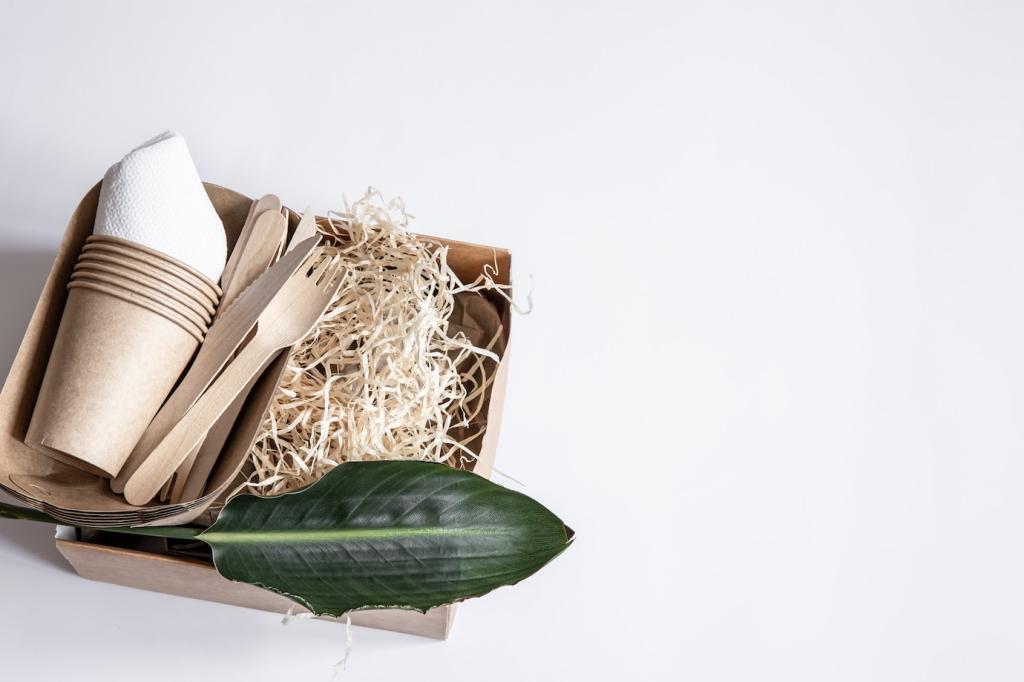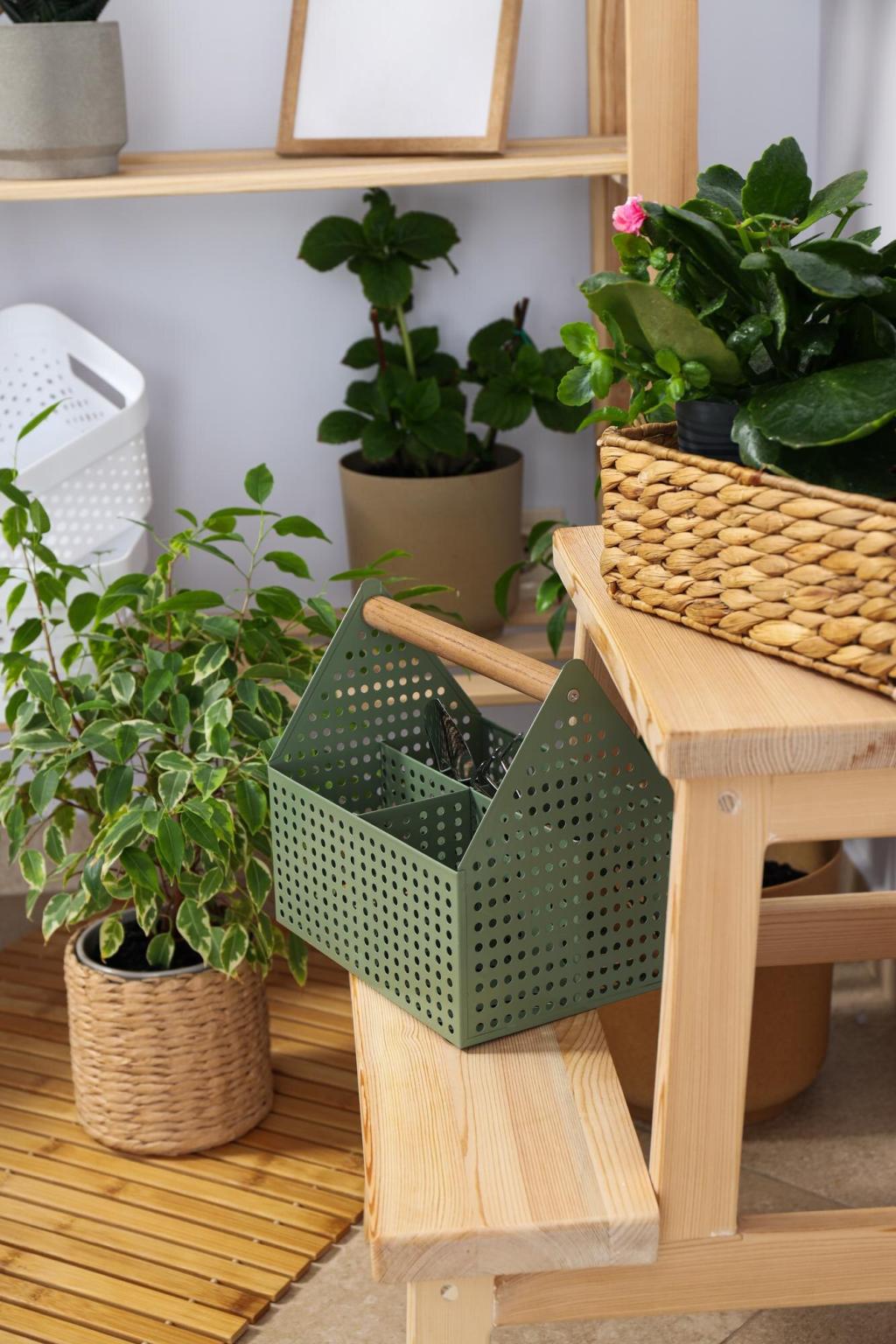Natural Insulation Materials for Green Homes
Chosen theme: Natural Insulation Materials for Green Homes. Explore how cellulose, wool, hemp, cork, straw, and wood fiber wrap your spaces in comfort while lowering embodied carbon. Dive into stories, science, and practical tips—then subscribe to stay inspired and informed.

Foundations of Natural Insulation
Interlocking fibers create countless tiny air pockets that slow heat flow, delivering dependable R-values and delightful thermal lag. Many natural materials also dampen sound and reduce drafts, making rooms feel steady, quiet, and welcoming throughout shifting seasons.
Meet the Materials: Cellulose, Wool, and Hemp
Dense-packed cellulose uses borate treatments for fire, mold, and pest resistance, then fills cavities to minimize convective loops. In attics, blown cellulose creates even blankets around wiring and framing. Would you consider it for your attic before next summer’s heat waves?
Meet the Materials: Cellulose, Wool, and Hemp
Wool batts spring back, absorb moisture without losing insulation value, and can adsorb certain indoor pollutants. Its keratin fibers help regulate humidity, enhancing comfort. Proper moth-proofing is essential. If wool intrigues you, subscribe for our installation checklist and care tips.


Moisture, Breathability, and Healthy Air
Natural insulations shine when paired with smart membranes and vapor-open sheathing that let assemblies dry. Avoid unnecessary interior plastic; instead, manage air leakage and place control layers thoughtfully. Want a drying potential primer? Ask, and we’ll send a friendly guide.

Installation and Detailing Tips
01
Before blowing cellulose, seal penetrations, add baffles for ventilation, and mark depth targets. Pay attention to eaves to prevent wind washing. Even coverage matters. Planning an attic project soon? Drop your current R-value and square footage for personalized suggestions.
02
Dense-pack cellulose via small drill holes reduces voids in older homes. For wool or hemp batts, friction-fit carefully and avoid compression gaps. Thermal imaging can reveal misses. Considering a winter retrofit? Comment with wall type and siding to get targeted advice.
03
Cork or wood fiber boards can add thermal breaks over slabs and beneath floors, improving comfort. Protect against moisture and critters with smart barriers and vigilant detailing. Unsure which layer goes where? Subscribe for our layer-by-layer assembly diagrams.
Safety, Durability, and Codes
01
Fire performance and testing
Borate-treated cellulose can achieve Class 1 (Class A) surface burning characteristics per standards when installed properly. Wood fiber and cork tend to char and shield. Always follow clearances around recessed lights and chimneys. Want our safety checklist? Ask and we’ll share.
02
Pests and long-term resilience
Proper air sealing, screens, and detailing deter pests; borates further discourage insects. Wool needs certified moth protection. Maintain drainage planes and flashing to keep assemblies dry. Tell us your region, and we’ll recommend a durability strategy tuned to local conditions.
03
Codes, labels, and certifications
Look for ICC reports, Environmental Product Declarations, and third-party emissions labels. Match R-values to your climate zone requirements. Natural materials can support LEED or Passive House goals. Want a concise submittal packet template? Subscribe, and we’ll send it straight away.
Stories, Numbers, and Next Steps
In a 1950s bungalow, dense-packed cellulose cut drafts dramatically, while wool in the attic softened rain noise. Winter bills dropped, and bedrooms felt calmer. Have a story like this? Share your before-and-after photos and the materials you chose.

Stories, Numbers, and Next Steps
After air sealing and cellulose, a blower door improved from 9 to 4.8 ACH50, with steady indoor humidity and cooler summer afternoons thanks to thermal lag. Curious about testing? Comment, and we’ll outline simple steps to capture meaningful data.
